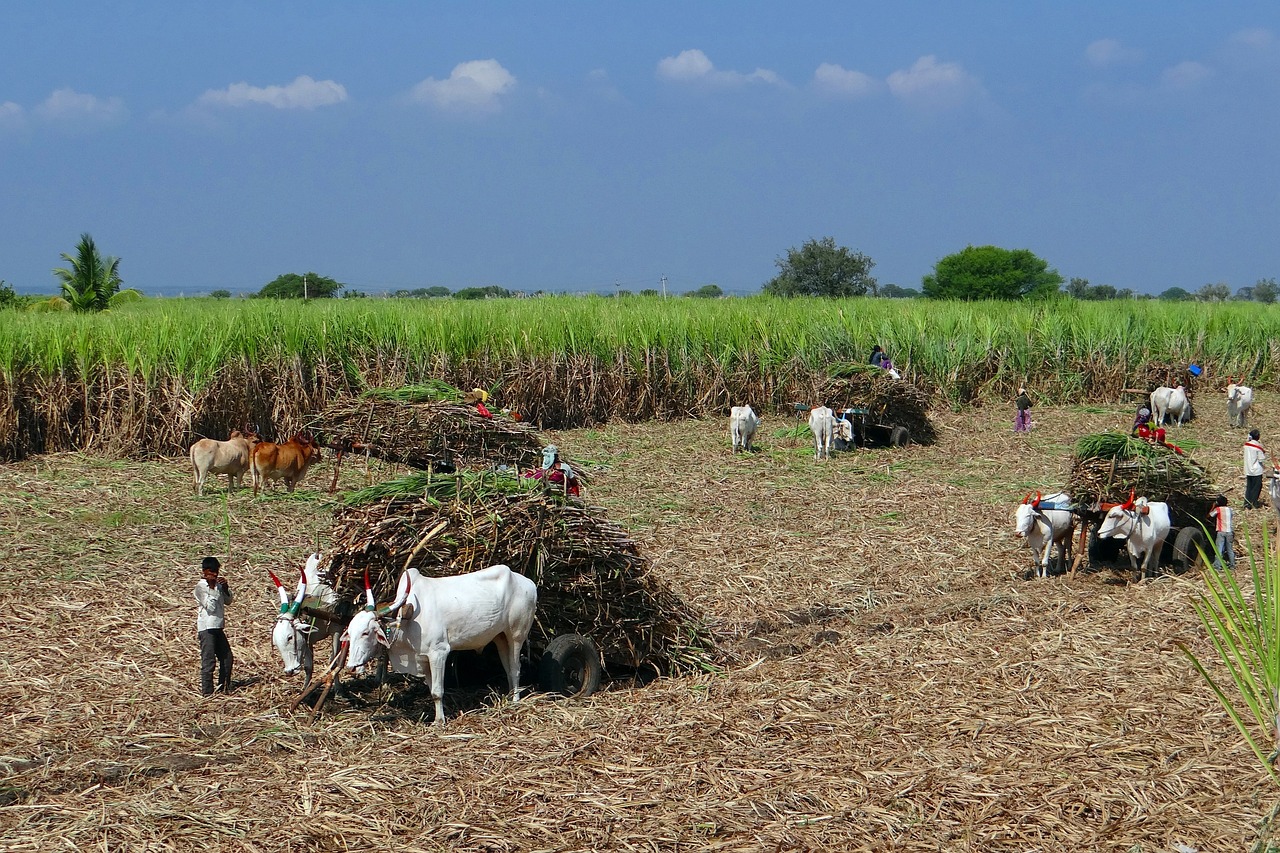
Vocabulary:
- confront /kuhn-FRUHNT/
- trader /TREY-der/
- scenario /si-NAIR-ee-oh/
- yield /yeeld/
- scarcity /SKAIR-si-tee/
[verb] – to face, meet, or deal with a difficult situation or person
The company will confront significant challenges in the upcoming fiscal year due to economic uncertainties.
[noun] – a person who buys and sells things
The trader specialized in importing rare artifacts from different parts of the world to sell at antique auctions.
[noun] – a description of possible actions or events in the future
In the worst-case scenario, the team prepared for a sudden surge in demand for their product during the holiday season.
[noun] – an amount of something positive, such as food or profit, that is produced or supplied
The high yield of oranges from the orchard contributed to a profitable season for the farmers.
[noun] – a situation in which something is not easy to find or get
The scarcity of clean water in the drought-affected region has become a pressing concern for the local community.
Article reading:
The insufficient rainfall has resulted in reduced water levels in key reservoirs, compelling farmers to opt for crops that demand less water and mature quicker than sugarcane. This shift towards crops like sorghum and chickpeas is highlighted in a survey of over 200 farmers conducted by Reuters. As a consequence, India might witness a decline in sugar production not only in the ongoing crop year but also in the subsequent year until September 2025. This scenario poses a threat, pushing India, which contributes 12% to global sugar trade, into becoming a net importer as early as the first half of 2025, marking a significant reversal from its exporting status. The impending sugar shortage in India due to lower yields and water scarcity in crucial cane-growing regions like Maharashtra and Karnataka may force the country to import sugar for the first time since 2017. The reduced production forecast could result in increased global sugar prices, benefiting top exporter Brazil. The government’s response to these forecasts remains pending, but the industry anticipates a decrease in sugar production compared to the previous year, creating a potential need for imports to meet domestic demands.
Discussion Questions:
- Have you experienced or noticed any scarcity of crops in your local area? If yes, how did it impact the community? If not, what measures do you think your country or region could take to prevent and manage crop scarcity?
- Have you ever noticed shifts in crop cultivation or agricultural practices in response to changing climate conditions in your region or country? If yes, what changes or adaptations have you observed? If not, how do you think changes in weather patterns or water scarcity might influence farmers’ decisions on crop cultivation and production choices?
- Do you agree that climate-related challenges leading to reduced sugarcane cultivation in major Indian states could significantly impact the country’s sugar production and its position in the global sugar trade?
- What potential consequences can you imagine or predict for India’s economy and food supply if the country becomes a net importer of sugar due to lower production caused by inadequate rainfall?
- How might the shift in India’s status from a sugar exporter to a potential sugar importer influence global sugar prices and trade dynamics in the coming years?
Summarization
Describe:
- rainfall
- anticipate
- consumption
- cultivation
- sugarcane